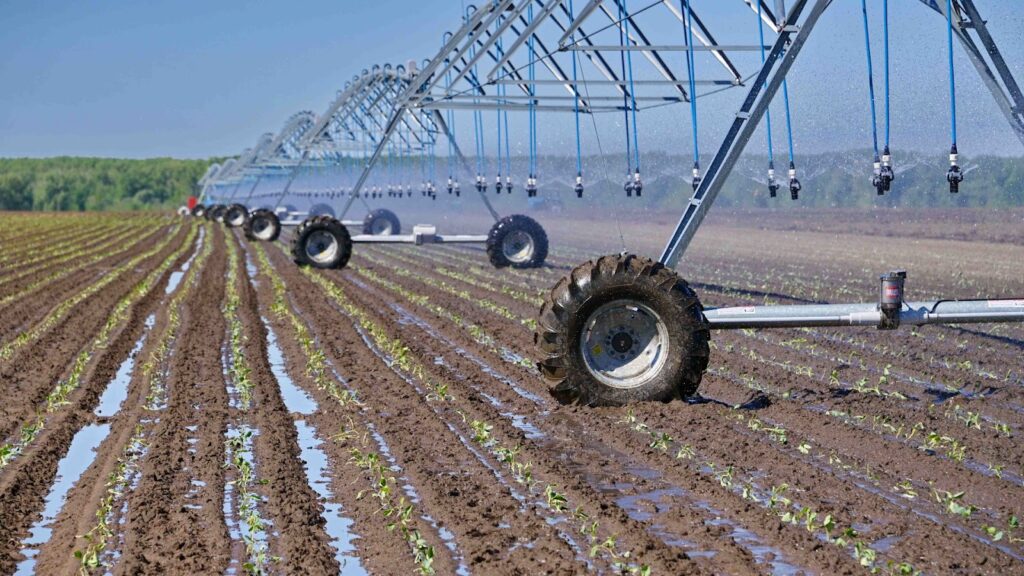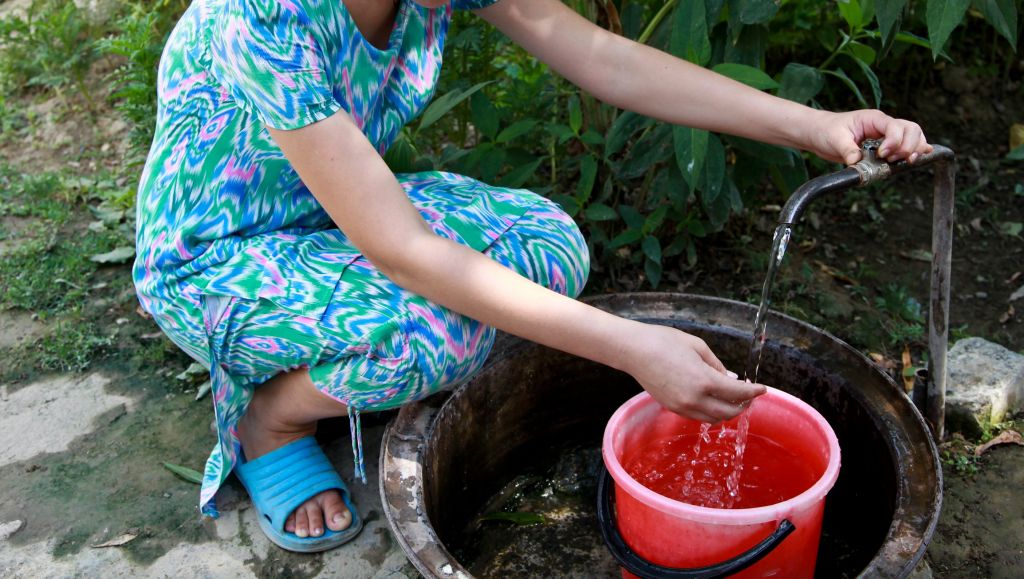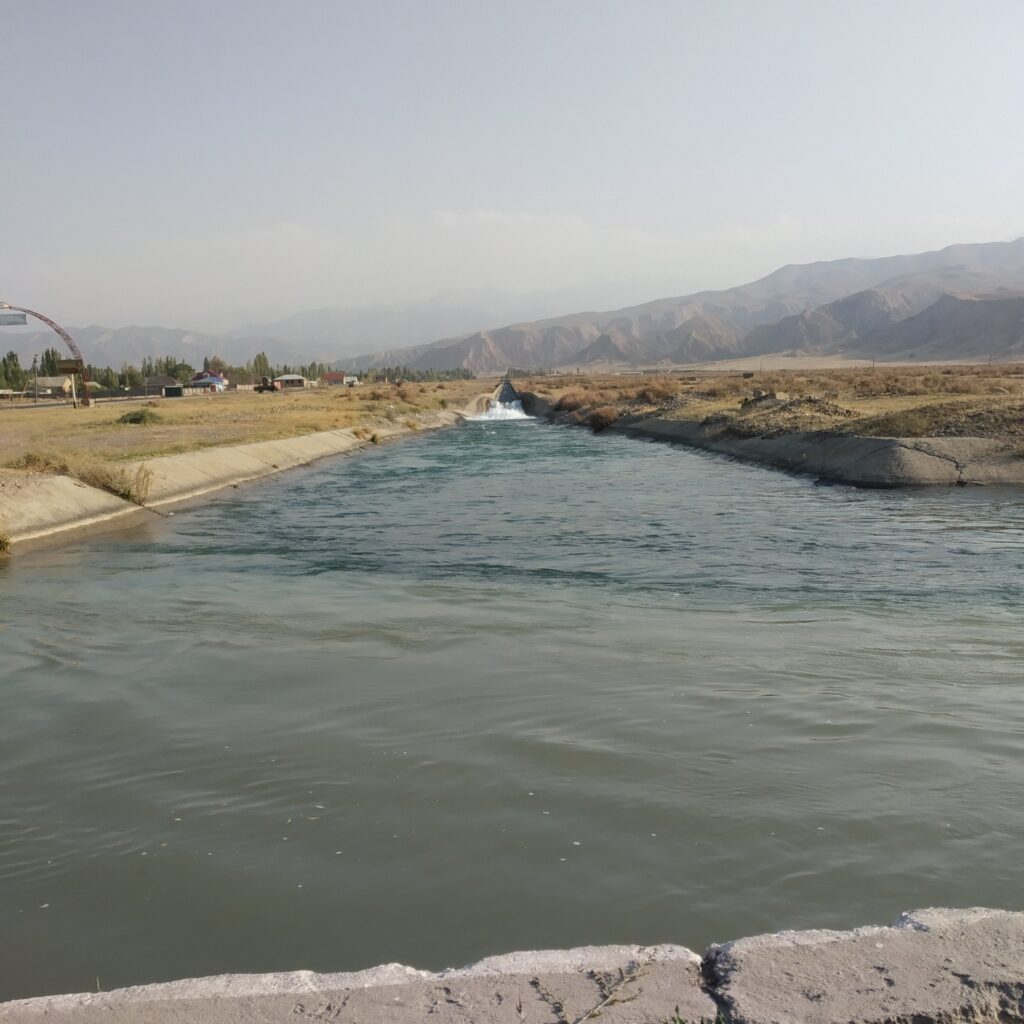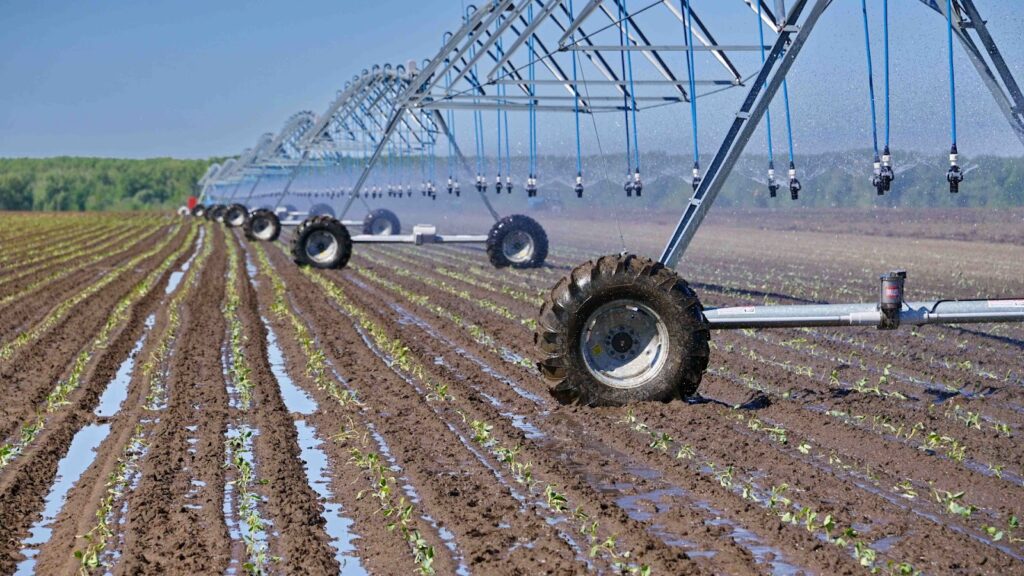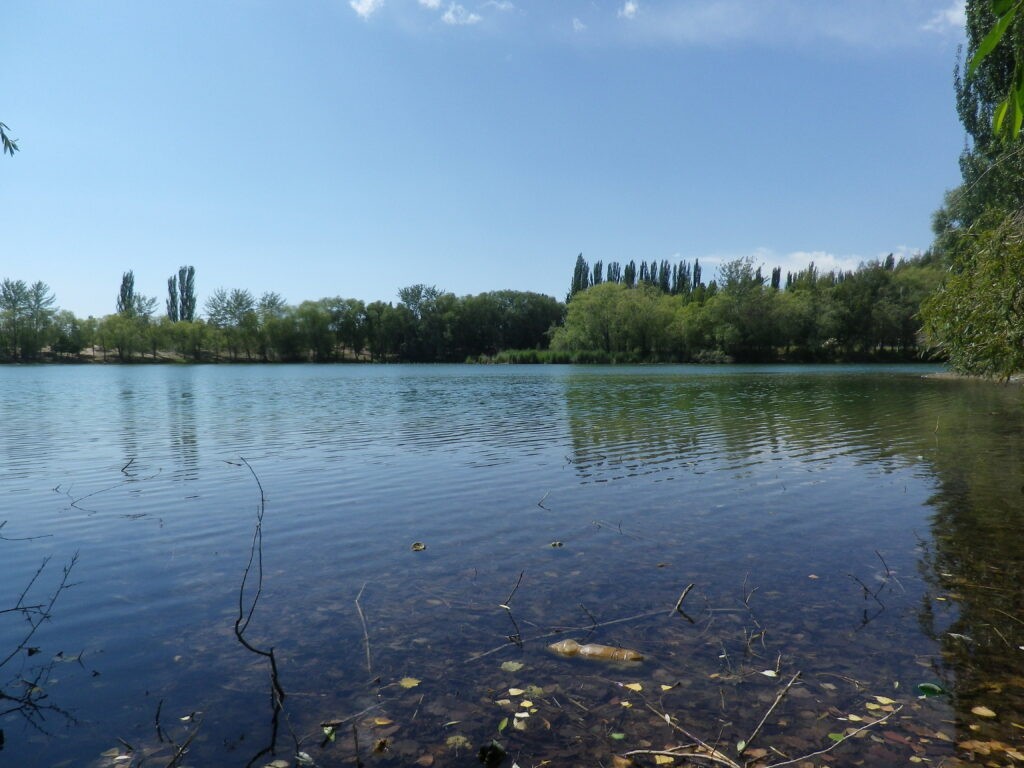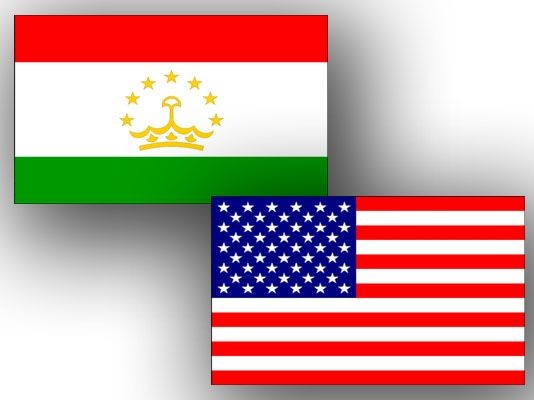Drip Irrigation Equipment Plant To Open In South Kazakhstan
A factory that will produce components for drip irrigation systems is to open in the town of Konaev, Almaty region. The plant is a joint project between Kazakh and Chinese investors, and is expected to make components for up to 500 hectares of fields per week. A similar plant is also planned for the other southern city of Taraz. Drip irrigation in Kazakhstan is currently used on only 84,000 hectares of agricultural land, but the government is aiming to increase this figure to 312,000 hectares. To encourage farmers to use water-saving technologies, the government is increasing subsidies for building irrigation systems, and buying drip and sprinkler irrigation equipment, from 50% to 80% of their costs respectively.
